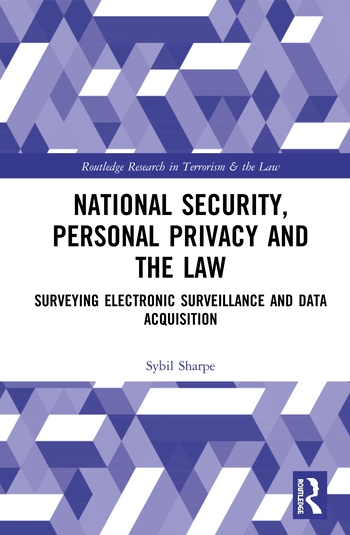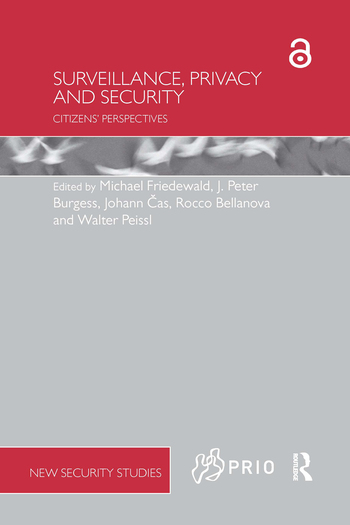A home invasion case recently decided by the Court of Appeals in the State of Michigan involved the use of video from a security camera entered into evidence.
Along with the surveillance camera footage, the prosecutor produced evidence at trial that allegedly proved the defendant entered a residence through a window, took a gun and money in the kitchen drawer, and shot and killed the occupant of the home.
A series of issues arose during the case but this article will deal only with the issue of footage admitted into evidence from the security camera. The defendant was convicted, sentenced and filed an appeal.
On appeal, the defendant, among other things, contended the surveillance footage from an Arlo home security system and certain text messages from the defendant’s telephone should not have been admitted into evidence. The defendant claimed the video was not authenticated and the text messages constituted inadmissible hearsay.
The defendant preserved his challenges to the authentication of the video and text messages by objecting on this ground at the trial court. The home security system captured the murder on video and the defendant contended that this video footage obtained from Arlo was not admissible because the prosecutor did not properly authenticate it through the testimony of an Arlo representative.
On appeal the court pointed out that it is axiomatic that proposed evidence need not tell the whole story of a case, nor need it be free of weakness or doubt. It need only meet the minimum requirements for admissibility. Beyond that the legal system trusts the finder of fact to sift through the evidence and weigh it properly.
In the case at hand, a detective with the department of public safety testified about the Arlo camera system in the residence. As part of his homicide investigation, he observed cameras installed in multiple locations at the residence. According to the detective, the cameras recorded video that transmitted wirelessly to be stored in the cloud. The detective also stated there was no onsite video storage and the video footage can be viewed from the owner’s cellular telephone.
The detective further stated the videos reviewed on the defendant’s phone were the same videos that Arlo had sent to him. The court found that the trial court did not abuse its discretion by admitting the video footage into evidence.
The court then found that “the requirement of authentication or identification as a condition precedent to admissibility is satisfied by evidence sufficient to support the finding that the matter in question is what its proponent claims.”
The court therefore affirmed the decision of the trial court, granting admissibility of the video.










